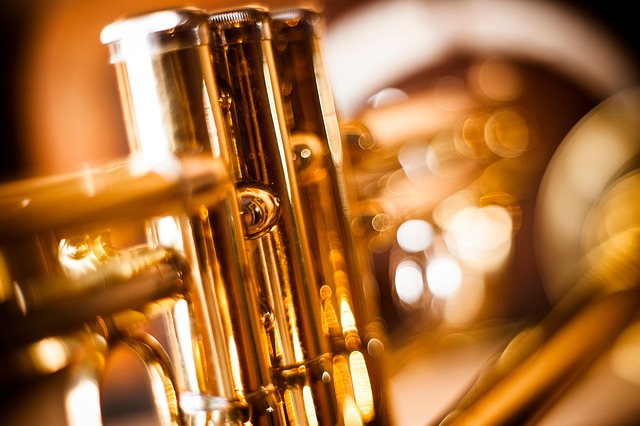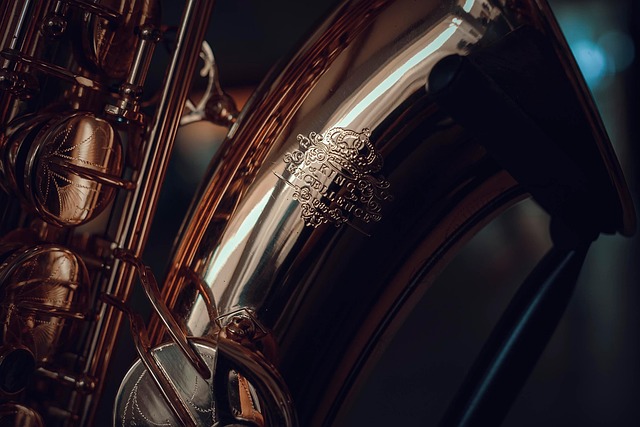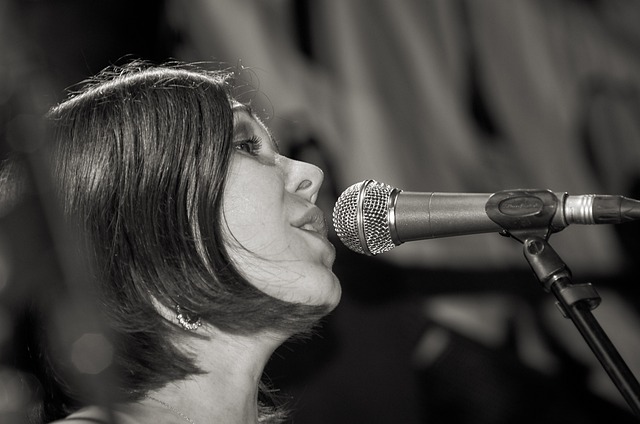Exploring the Intersection of Jazz Music and Technology
Jazz music has always been a genre that thrives on innovation and improvisation. From its roots in New Orleans to its global influence today, jazz has continuously evolved, reflecting the culture and technology of its time. As we dive deeper into the 21st century, jazz music technology is becoming a driving force that inspires artists and transforms how audiences experience this timeless genre.
The Evolution of Jazz Through Technology
Since its inception, jazz has embraced technological advancements. The introduction of the phonograph in the early 1900s allowed jazz musicians to share their music with a wider audience, bringing their unique sounds into homes across America. Today, digital platforms propagate that legacy, allowing artists to reach listeners around the globe with just a click. Streaming services, music production software, and online collaborations have become staples of the modern jazz landscape, redefining accessibility and creativity.
Modern Innovations in Jazz Music Technology
Today’s jazz musicians are no strangers to cutting-edge technology. Digital audio workstations (DAWs) empower artists to produce intricate compositions at home, blurring the lines between studio and stage. Musicians like Esperanza Spalding and Kamasi Washington seamlessly blend traditional jazz elements with electronic sounds, showcasing how jazz music technology can create something entirely new while still paying homage to the past.
The Role of Artificial Intelligence in Jazz
One of the most intriguing developments in jazz music technology is the integration of artificial intelligence. AI systems are being developed to analyze jazz patterns and even generate original compositions, assisting musicians in their creative process. Artists can now collaborate with algorithms to push their boundaries and explore new sonic territories. This AI-driven creativity can manifest in delightful surprises, challenging the notion of what it means to improvise.
Live Performances in the Digital Age
The live music experience has also transformed, especially post-pandemic. Virtual concerts and online jam sessions have emerged as popular ways to engage with audiences. Platforms like Zoom and social media enable musicians to connect with fans directly, creating a sense of community despite physical distances. These digital interactions enrich the jazz experience, allowing for spontaneous improvisations as musicians connect across regions and time zones.
Preserving the Jazz Tradition with Technology
While embracing modern advancements, it remains crucial for the jazz community to preserve its rich history. Digital archiving and preservation make it possible to keep jazz legends alive for future generations to appreciate. Projects like The Red Bull Music Academy Archives highlight the importance of documenting not just the music, but the stories and teachings of those who shaped jazz, ensuring that this cherished genre continues to inspire.
The Future of Jazz Music Technology
As we look ahead, the intersection of jazz and technology is bound to yield exciting opportunities for artists and listeners alike. With the integration of virtual reality, augmented reality, and continued advances in AI, the future of jazz promises to be as innovative and vibrant as its history. Musicians will continue to explore the profound connection between their artistry and the tools available to them, setting the stage for the next wave of jazz evolution.




